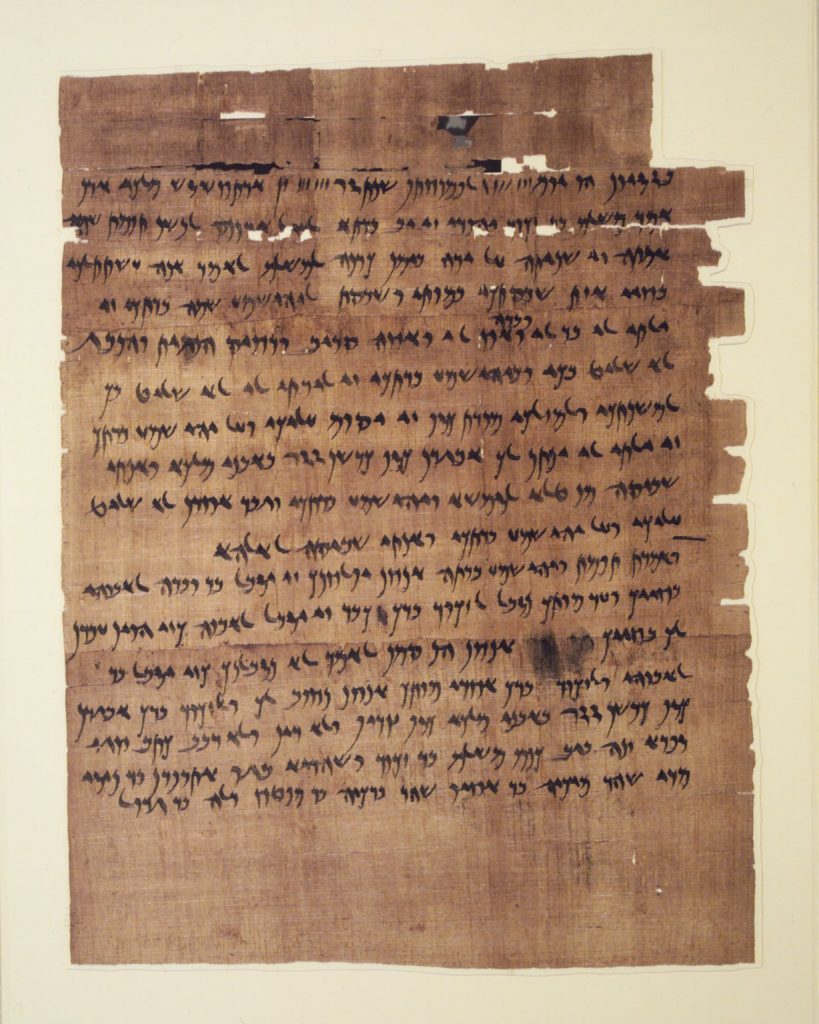
from Elephantine in the far south of Egypt written in Aramaic, and testifying to the lives of the Jewish inhabitants of the town. This is a testament freeing Tamet, a slave woman, and her daughter. These papyri demonstrate the cultural exchange that went on between the different ethnic groups in Elephantine: although Tamet has an Egyptian name, she was married to Anani, an official in the Jewish temple, and their children have Jewish names: Pelatiah (“The Lord Rescued”) and Yehoishma (“May the Lord Hear”).
The Jewish people – the ethno-religious group who trace their origins to the kingdoms of Israel and Judah – have a long relationship with their larger neighbour, Egypt, even leaving aside the complicated questions of the historicity of the Exodus story and the pre-exilic kingdoms. In the fifth and sixth centuries BCE there was a significant Judaean community in the city of Elephantine in the far south of Egypt, many of whose members served as soldiers in the army of the Persian kings who then ruled Egypt. This city was even home to a second Jewish temple – one of two attested in Egypt before the destruction of the main temple in Jerusalem.
When the Macedonian dynasty of the Ptolemies replaced the Persians as the rulers of the country, they continued to use Jewish soldiers in their armies and settle them in Egypt, while other Judaeans immigrated to Egypt to live as farmers, traders, and officials in the royal service. Although they settled throughout Egypt, the largest community during the Ptolemaic and Roman periods was in Alexandria, the multi-ethnic, but predominantly culturally Greek, capital on the Mediterranean sea. The Jewish community was permitted to follow its traditional religion under the Ptolemies: the oldest known synagogues have been found in third-century BCE Egypt, and this period saw the translation of the Hebrew Bible into Greek. According to legend it was translated at the command of Ptolemy II Philadelphus (reigned 285-246 BCE), and was miraculously produced in seventy identical copies by seventy scholars, hence its name, the Septuagint, “Seventy” in Latin. This became the predominant version used by the considerable Greek-speaking Jewish community across the eastern Mediterranean, and later by Christians.
Following the Roman conquest of Egypt in 30 BCE, the relationship between the Jewish community and their non-Jewish neighbours in Alexandria became increasingly strained. In part, this was exacerbated by the new Roman system of classification, according to which the people of Egypt were divided into more and less privileged categories, with the higher ranking individuals – the citizens of Rome, Alexandria, and the other culturally Greek cities – paying fewer taxes and being subject to less extreme and humiliating punishments; at the bottom were the non-citizen, non-priestly “Egyptians”. This system of fictive ethnicity led to tensions between different communities; the Jewish inhabitants of Alexandria saw themselves as deserving the same rights as the other Alexandrian citizens, while many of the “Greek” citizens of Alexandria thought that the Jewish community deserved to be classified as “Egyptians”. The “Greek” Alexandrians resented their Jewish neighbours for not worshipping the Alexandrian gods, and for having sided with the Romans during the conquest. The middle decades of the first century CE saw several outbreaks of lethal violence, into which the emperors were called to intervene, generally guaranteeing the rights of the Jewish Alexandrians, but warning them to know their place.
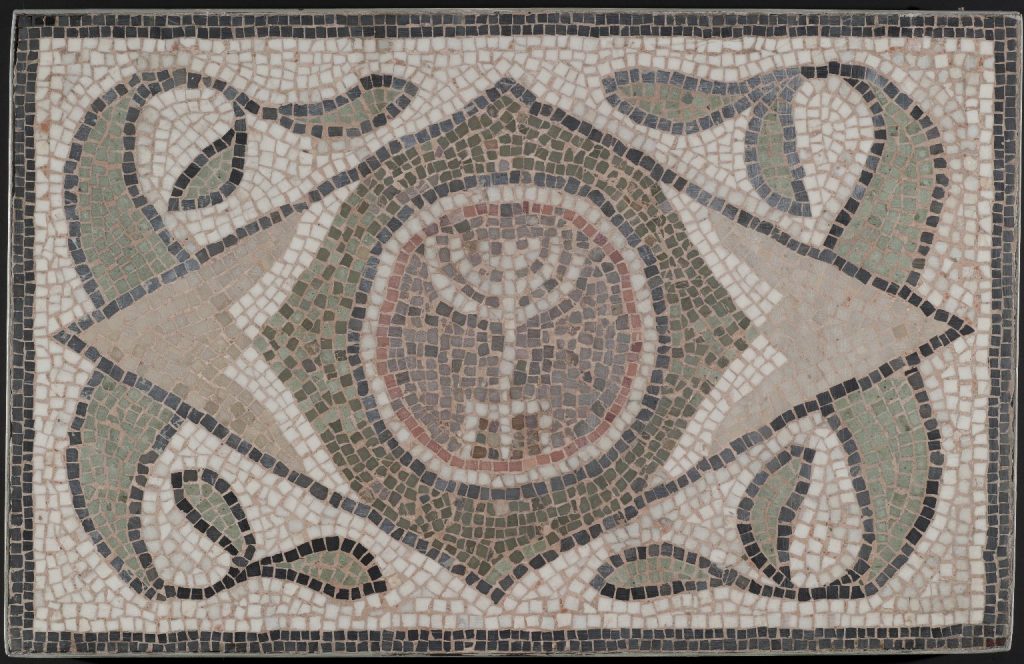
While the Jewish community of Egypt in the Ptolemaic and early Roman period was large – one estimate suggests they may have made up an eighth of the overall population – it was devastated following the rebellions of 66-73 and 115-117 CE. The first began when the Roman governor of Judaea took money from the Jewish temple, sparking protests which grew into a full-scale revolt and spread to Alexandria. The second was a “Messianic” movement, in which a would-be king from the Jewish community in Cyrene, known as Lucuas or Andreas, inspired Jewish people around the Roman empire to rise up and try to establish an independent state; this revolt affected not just Alexandria, but the entirety of Egypt. Both rebellions were crushed – the temple in Jerusalem was destroyed by the Romans at the end of the first ‘Jewish War’, and the Jewish community in Egypt all but disappears from the historical record after the rebellion of Lucuas/Andreas.
The community reappears in documents from Egypt around the fourth century, although it seems that they were still subject to occasional outbursts of persecution from their newly-Christianised neighbours. After the Arab conquest, in 641 CE, Jewish Egyptians, like the Christian majority, became the subjects of Muslim rulers, and were classified as “People of the Book”, protected minorities allowed to worship, and to regulate their own community, within certain limits. But both groups were subject to occasional persecution, official and unofficial, as well as the poll-tax extracted from non-Muslim subjects, so that there were constant pressures to join the growing number of Egyptian converts to Islam, which probably became the majority religion in the ninth century CE.
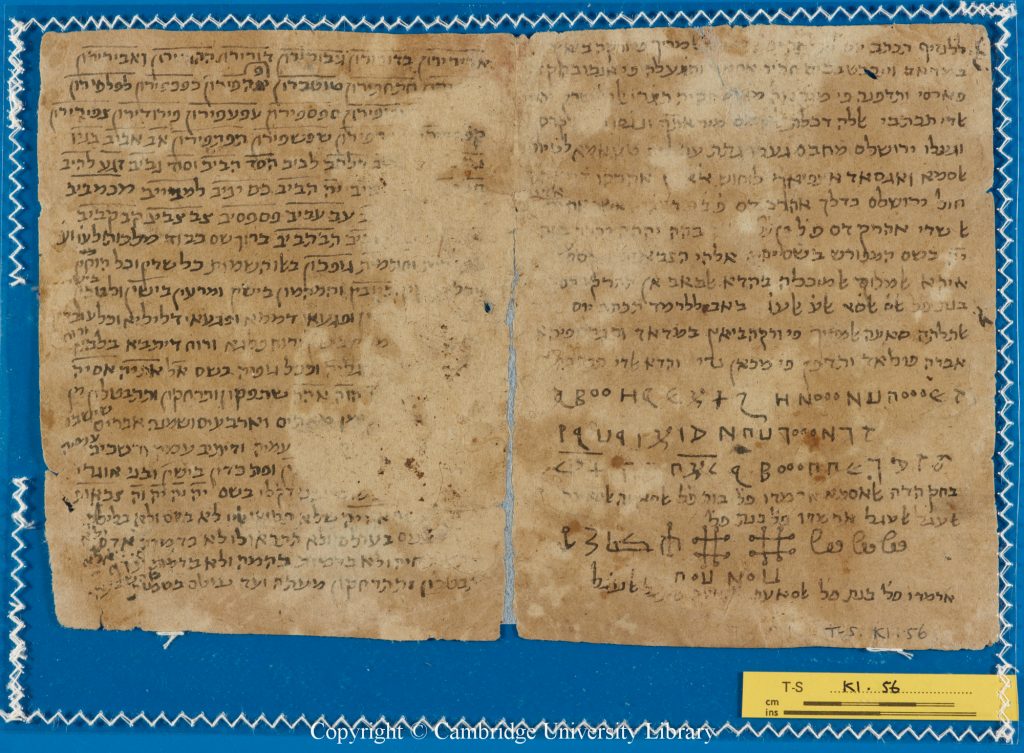
Image © Cambridge University Library
Islamic Egypt nonetheless provides us with one of the richest sources of evidence for mediaeval Jewish life, in the form of the Genizah (“storehouse”) of the Ben Ezra Synagogue in Cairo. Dating back to the tenth century, but containing material as recent as the fifteenth, the Genizah was a place for deposing texts which were no longer used, but which contained, or were suspected of containing, the name of God in Hebrew, and which could not therefore be destroyed. Among the quarter of a million fragmentary manuscripts found in the Genizah a considerable number contain material that we might call “magical”.
The Genizah is not the oldest source for Jewish magic, however. In the Hebrew Bible we find mentions of “magic” (Hebew kishuf) as a negative force. Exodus (22.18) and Deuteronomy (18.10) both forbid Jewish people from being magicians, mekhashfim, a word translated in the Septuagint as pharmakoi, a synonym for magoi, or “magicians”. This is, in fact, one of the main sources of the Christian hostility to magic, but, as in the case of Christianity, ancient Jewish ideas about magic were complex – how could you tell the difference between a sage performing a legitimate miracle and a magician performing evil magic? Often, “magic” seems to be a label for the actions of foreigners, or those considered heretical or otherwise suspect. An interesting example of this is found in the gospels (Matthew 12.22-24, Mark 3.22, Luke 11.15), which record a charge made against Jesus by some other Judaeans: according to them his healings were carried out not with the help of a holy spirit, but rather through the agency of Beelzebul, the ruler of the demons.
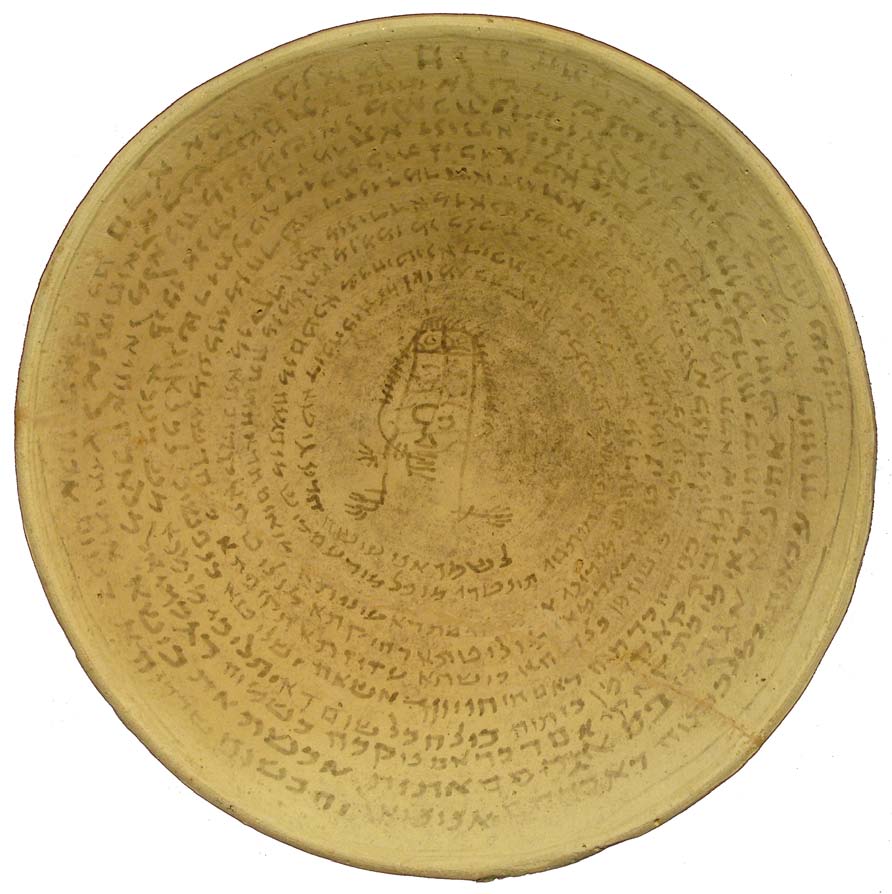
But, as in the case of Christianity, the hostility of some authorities to what they considered “magic” did not prevent Jewish people from carrying out activities that we might call “magical” – broadly speaking, the wearing of amulets and the practices of cursing, healing, and performing exorcisms, and invocations according to non-institutional rituals. While modern readers might associate Jewish “magic” with the practical aspects of the tradition of the Kabbalah, which had a considerable influence on modern European ceremonial magic, kabbalistic texts do not appear until the 12th century CE. The earlier practices, clearly attested from approximately the third century BCE, are quite different, and attested by such artefacts as amulets, and more rarely, curses on metal and ceramic bowls, as well as handbooks similar to the Coptic examples we have described. This early Jewish magical material has been the subject of many important studies in recent decades, and a few suggestions for learning more about it can be found below.
Our interest here, though, is not in Jewish magic per se, but rather its influence on Christian magic in Egypt. Jewish people shared a reputation for being skilled magicians with the Egyptians, Persians and Babylonians, and Moses in particular was seen as an arch-magician by many pre-Christian Greek and Roman authors. This reputation probably lies behind the adoption of Jewish elements in the Graeco-Egyptian magical tradition. While the Greek and Demotic magical papyri are predominantly “pagan”, one of the gods they invoke most often is Ia(h)o; this is one of the names of the Jewish God, probably more familiar to modern readers in the form Yahweh or Jehovah. The use of this divine name carried on into Christian magical practice in Egypt, and we have already discussed another example of Christian borrowing of Jewish practice, the use of Psalm 90 as an amuletic text. We should note that this borrowing was not one-way: many Jewish magical texts show obvious Greek influence, while some handbooks from the Cairo Genizah even seem to contain translations of Coptic texts, perhaps via the intermediary of Arabic translations.
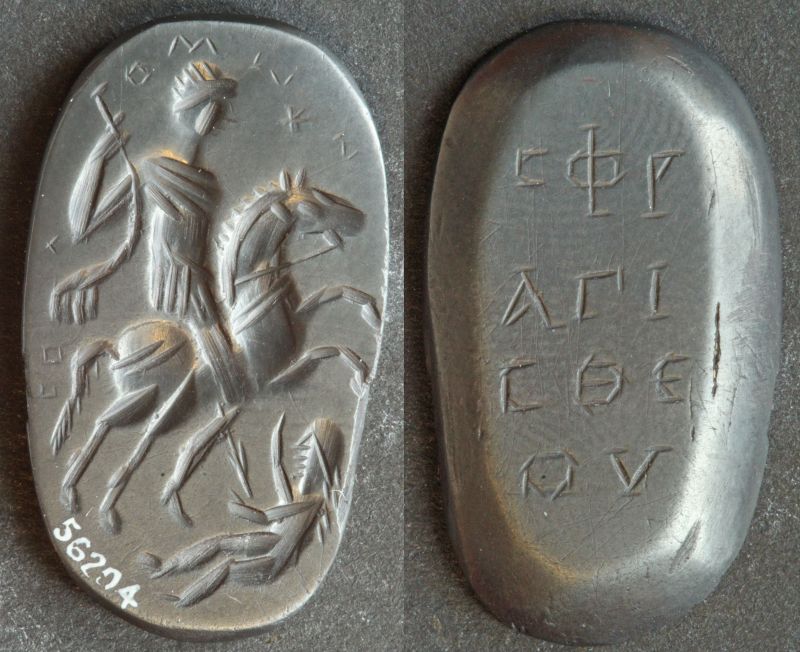
Photo by Christoper Faraone, © Trustees of the British Museum
One case where we can see Jewish traditions underlying Christian magical practice is P.Heid.Inv.Kopt. 408, a short but very interesting text on rag paper dating from the tenth or eleventh century CE. This handbook contains two curses; although they are fragmentary, they seem to be primarily aimed at destroying workplaces and agricultural tools. The “Jewish” element in these texts is found in the invocations, which take the form of dialogues between Solomon, the ancient king of Israel, and demons.
Pablo Torijano has traced the Jewish tradition of Solomon’s power over demons back to at least the first century CE; the earliest clear example of an exorcistic text associated with him is found in one of the Dead Sea Scrolls (11QapPSa). But the fullest expression of this association is found in the Testament of Solomon, a Greek text, probably written in the fourth century CE, and perhaps in Egypt. This tells the story of Solomon exorcising a demon who is tormenting a young boy through the use of a magical ring, and then compelling a series of demons to appear to him and reveal their crimes and their weaknesses before forcing them to build the temple of Jerusalem.
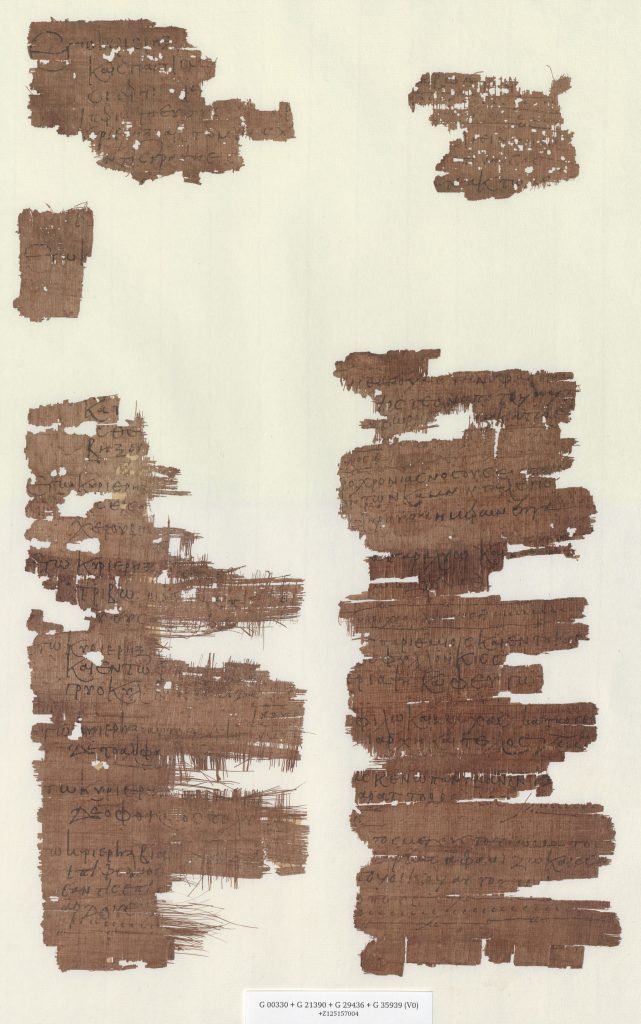
While we might be tempted to treat this as a literary text, it is clear that it has a “magical” function; the dialogues serve as short magical recipes, revealing the demons responsible for causing particular diseases, and the amulet or ritual needed to cast them out and heal the ailments they cause:
Then I, Solomon, invoked the name of the Lord Sabaōth, and questioned each (demon) in turn as to what was its character. … The twenty-eighth [decan, a type of star-demon] said: “I am called Harpax (“robber”), and I send sleeplessness on men. If one writes ‘Kokphnedismos,’ and binds it round the temples, I at once retreat.”
Testament of Solomon 73, 98
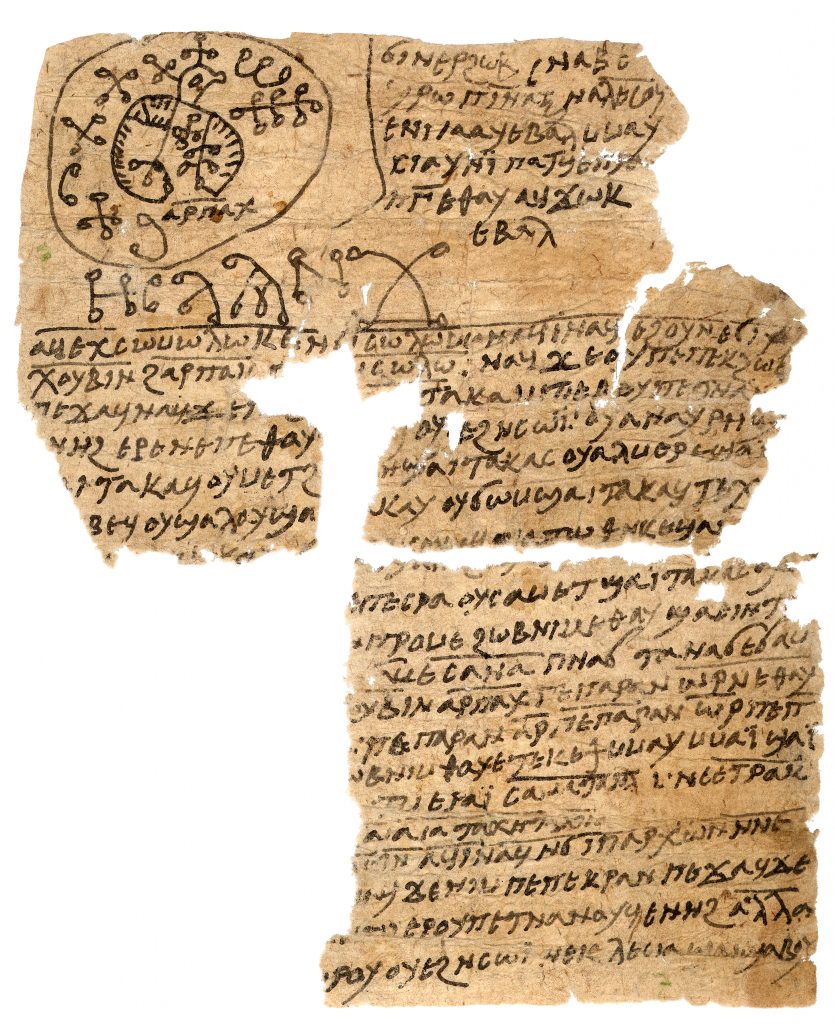
In the Coptic text, the basic structure remains; the invocations each begin with Solomon asking a demon its name and its “work”, and continue with the demons’ responses. The two demons named in this text are Khoubin Harpak, probably the Harpax of the Greek version, and Bersebol, clearly Beelzebul, the king of the demons in the Greek version, and the power with whom Jesus was accused being in league. But the Coptic text innovates; instead of learning from the demons how to stop them, the invocation uses Solomon’s legendary power over demons to command them to carry out their “work” against the curse’s victims:
Solomon asked him, [“What is your name?”]
P. Heid. Inv. Kopt. 408 Ro 7-Vo 6; this translation combines the two fragmentary invocations .
[He replied, “My name is] Khoubin Harpak.” Solomon said to him, “What is your work?” He said to him “My work is destruction. I have never done good, ever. All evil follows in my wake: a thresher, I destroy it… an iron shovel, I cut it off; a water-wheel, I destroy it; a garden,I destroy it…”
I adjure you … go to NN son of NN, bring… a cutting-off and a scattering… to him. Yea, yea, quickly, quickly!
Here again we see again the creativity of Coptic magic – a Christian spell which draws upon a Jewish tradition at least a thousand years older than the text itself, and which transforms a practice aimed at healing sickness into a vicious curse against someone’s livelihood. As Ra‘anan Boustan and Joseph Sanzo have pointed out, however, the Christian composers and users of magical texts may not have been aware of or acknowledged the Jewish traditions underlying their practice. Indeed, textual details imply that the Greek Testament of Solomon, as we have it today, was composed by a Christian. Orthodox Christians claimed the Hebrew Bible as their Old Testament, and saw themselves as replacing the Jewish people as the “true Israel”. To the Christian users of the Testament of Solomon – in both its standard and non-standard versions – the Israelite king had become part of their own history.
*I would like to thank Joseph Sanzo for offering comments and corrections to a draft version of this post. Any mistakes which remain are my own.
References and Further Reading
The Cambridge Genizah on the Cambridge Digital Library, containing images of many of the texts from the Genizah URL
Beck, Susanne. “4. Ein Rezept und zwei Beschwörungen”. In Coptica Palatina. Koptische Texte aus der Heidelberger Papyrussammlung (P.Heid.Kopt.), edited by Anne Boud’hors, Alain Delattre, Tonio Sebastian Richter, Gesa Schenke, and Georg Schmelz, Veröffentlichungen aus der Heidelberger Papyrussammlung. Heidelberg: Heidelberg University Publishing (2018), p. 43-50, no. 4. URL
Publication of the Coptic text discussed here.
Bohak, Gideon. Ancient Jewish Magic: A History. Cambridge: Cambridge University Press, 2008.
Bohak, Gideon. “Greek, Coptic, and Jewish Magic in the Cairo Genizah.” Bulletin of the American Society of Papyrologists 36 (1999): 27–44.
Article containing a discussion of the relationships between different magical traditions in the Cairo Genizah, including a look at possible Coptic influence on T.-S. K 1.56, the manuscript shown above.
Gideon Bohak, “Hebrew, Hebrew Everywhere? Notes on the Interpretation of Voces Magicae,” in Prayer, Magic, and the Stars in the Ancient and Late Antique World, edited by Scott Noegel, Joel Walker, and Brannon M. Wheeler. University Park, PA: Pennsylvania State University Press, 2003, 69–82.
Boustan, Ra‘anan, and Joseph E. Sanzo. “Christian Magicians, Jewish Magical Idioms, and the Shared Magical Culture of Late Antiquity”. Harvard Theological Review 110.2 (2017): 217–240. URL
Conybeare, F. C. . “The Testament of Solomon.” The Jewish Quarterly Review 11.1 (1898), 1-45. URL
English translation of the Testament of Solomon.
Harari, Yuval. Jewish Magic Before the Rise of Kabbalah. Translated by Batya Stein. Detroit: Wayne University Press, 2017.
Harker, Andrew. “The Jews in Roman Egypt: Trials and Rebellions”. In The Oxford Handbook of Roman Egypt, edited by Christina Riggs. Oxford: Oxford University Press, 2012, 277-287.
LiDonnici, Lynn. “ ‘According to the Jews:’ Identified (and Identifying) ‘Jewish’ Elements in the Greek Magical Papyri.” In Heavenly Tablets: Interpretation, Identity and Tradition in Ancient Judaism, edited by Lynn LiDonnici and Andrea Lieber. Leiden: Brill, 2007, 87–108.
Porter, Belazel. The Elephantine Papyri in English. Leiden: Brill, 1996.
Translations of papyri from Elephantine, including many of those produced by the early Jewish community in Egypt. The papyrus shown at the top of this post (Brooklyn 47.218.90a-b ) is included as no. B39 (pp.218-222). Note that Tamet’s name is written as Tapemet in this text..
Saar, Ortal-Paz. Jewish Love Magic from Antiquity to the Middle Ages. Leiden: Brill, 2017.
One of the many excellent works which discusses ancient Jewish magic. The loose definition of magic given here is partially inspired by that on p.11 of this work.
Sanzo, Joseph E. “‘For our Lord was pursued by the Jews…’: The (Ab)Use of the Motif of ‘Jewish’ Violence against Jesus on a Greek Amulet (P. Heid. 1101),” in “One in Christ”: Essays on Early Christianity and “All that Jazz” in Honor of S. Scott Bartchy, edited by David Matson and K.C. Richardson. Eugene: Wipf and Stock, 2014, 86-98. URL
Sanzo, Joseph E. “Magic and Communal Boundaries: The Problems with Amulets in Chrysostom, Adv. Iud. 8, and Augustine, In Io. tra. 7,” Henoch 38.2 (2017): 227–46. URL
Shaked, Saul, James Nathan Ford and Siam Bhayro. Aramaic Bowl Spells (JBA). Leiden: Brill, 2013. URL
Collection of magical “incantation bowls” written in Jewish Babylonian Aramaic. JBA 53, the example shown above, is published here on pp.235-237.
Torijano, Pablo A. Solomon the Esoteric King: From King to Magus, Development of a Tradition. Leiden: Brill, 2002.
